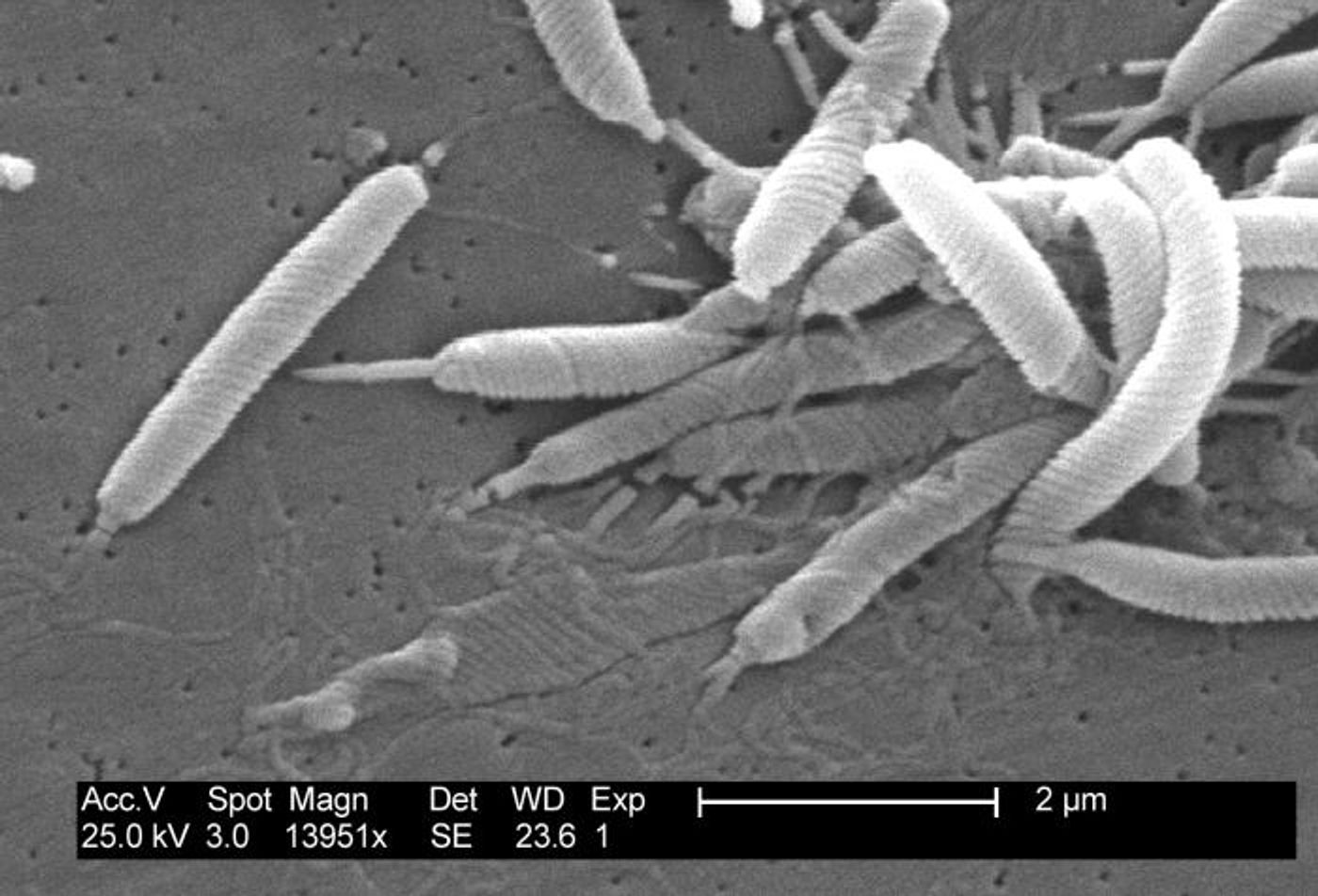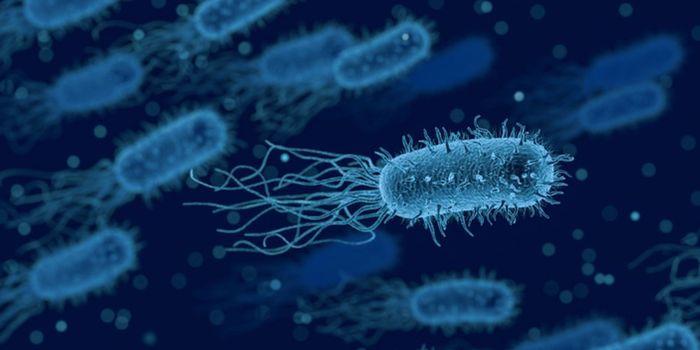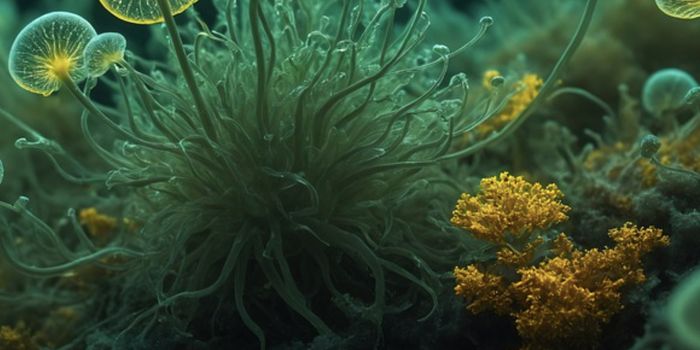Why the H. pylori Stomach Bug is so Persistent
Helicobacter pylori are bacteria that humans have hosted in our stomachs for ages. The bacterium is able to withstand the extremely acidic stomach environment and is one of the biggest causes of stomach ulcers. Scientists have been trying to learn how it not only survives but thrives there. Reporting in PLOS Biology, researchers at Stanford University have suggested that colonies of H. pylori get into epithelial cells deep within gastric glands. There, the bacteria are provided protection and can live there, creating a bacterial reservoir that might be almost impossible to get rid of.
"This study changes the way we think about how microbes like H. pylori establish their chronic persistence in the body," said the senior author of the work, Manuel Amieva, MD, Ph.D., associate professor of pediatrics and of microbiology and immunology at Stanford.
While it infects the stomach of as many as one of every two people, for most people it's not a problem. However, between ten and fifteen percent of the get an ulcer and around one percent get stomach cancer. In some cases, the bacterium may provide an advantage; it’s been linked to lower rates of allergies and asthma. Because of its dual nature, researchers have been unsure about whether removing it from stomachs entirely is the best idea. Replacing it with less pathogenic, engineered strains may be preferable.
To first determine how the microbe persists in the gastric glands, the scientists utilized high-resolution microscopy to visualize the glands, H. Pylori strains that had been tagged with fluorescent markers in different colors, and an animal model. They also employed a technique to see through the animal's tissue; passive CLARITY makes it transparent, and whole organs can be imaged.
The researchers learned that some of the H. Pylori bugs can become founders that set up camp inside gastric glands, where they reproduce and establish a colony. Then these bacteria can migrate to other glands nearby, and generate clonal ‘islands,’ which the researchers could see because they were tagged with the same fluorescent color. These islands act a niche for the microbes that can last over time, stopping new bacteria from moving into that area and encouraging chronic infection. As such, engineered strains of H. pylori can’t take over from the typical pathogenic strains.
Other researchers have identified intestinal crypt cells as potential reservoirs of bacteria as well, suggesting that there are a variety of places deep in the gastrointestinal tract that can act as protective niches for bacteria.
"We hope that by understanding the bacterial and host attributes necessary for sustaining these bacterial hideouts, it will lead to therapeutic targets to displace persistent aberrant mucosal colonization," said Amieva. "These principles may extend beyond H. pylori and improve our ability to permanently decolonize patients of bacterial pathogens and antibiotic-resistant microbes, and/or replace them with less virulent or beneficial microflora."
Sources: AAAS/Eurekalert! via PLOS, Stanford Medicine, PLOS Biology
-
APR 30, 2024Immuno-Oncology Virtual Event Series 2024
-
MAY 07, 20243rd International Biosecurity Virtual Symposium
-
SEP 03, 2024Microbiology Week Virtual Event Series 2024
- See More


















































